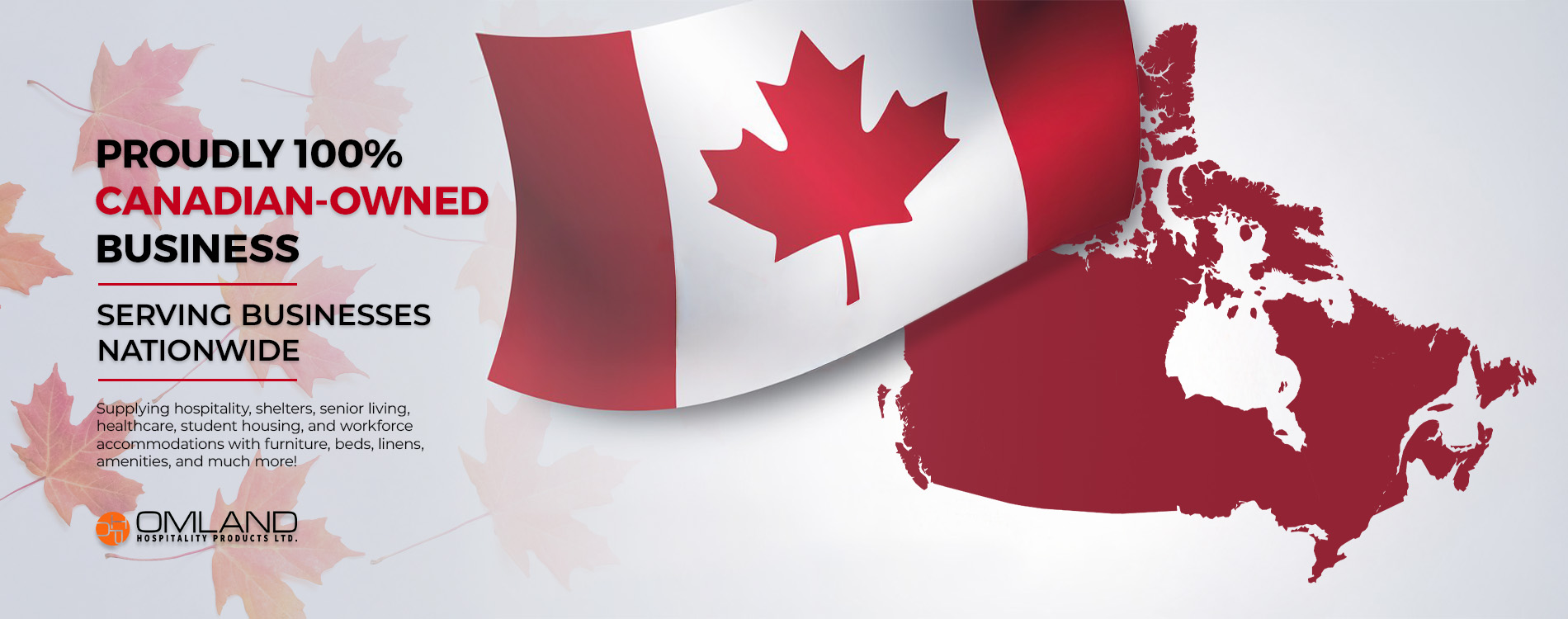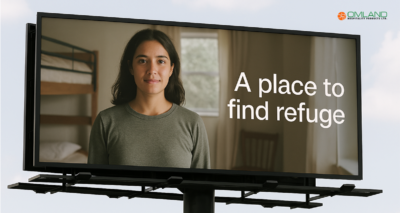Welcome to Omland Hospitality – Canada’s trusted leader in hospitality solutions for nearly two decades. With a proud legacy of delivering exceptional products and personalized service, we cater to a diverse range of sectors, including hospitality, student housing, senior living, healthcare, workers’ camps, and emergency shelters.
Our unwavering commitment to quality and innovation has positioned us as a trusted partner in creating spaces that are not only functional but also stylish and enduring. From expertly crafted furnishings to customized solutions, we ensure every detail reflects excellence.
At Omland, we believe in crafting more than just products—we create lasting experiences that leave a profound impact on your guests, residents, and staff. Contact us today to explore how we can bring your vision to life.
Experience the Omland difference, where passion meets perfection.










































